Modern Séance: Searching for a Connection
Contacting the spiritual realm throughout American history, from psychic mediums to Ouija boards, has only produced more questions. What’s next, and what does that mean for us?
Séances are believed to be most effective in the dark, with candles an only source of light.
Séances gained popularity in mid-19th century America during the Spiritualist Movement, when many people were open to contacting their loved ones in the afterlife. Mediums claimed to have the ability to communicate with spirits and demonstrate signs of proof: messages from the spiritual realm, levitation, rapping and banging from unknown sources and the exorcism of ectoplasm, a ghostly white substance which emanated from people’s orifices.
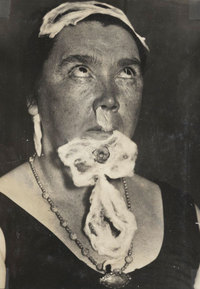
A spiritual medium “conjures” ectoplasm.
(Sourced from Vintage Photo.)
At the end of the century, a novelty “talking” board was advertised to American families: the Ouija board. The wooden board, marked by letters and numbers, was navigated by a windowed planchette to receive messages from the spiritual realm. The Ouija board quickly became a success and using it to conduct séances was normalized in American pop culture.
This took a turn when 12-year-old Regan became possessed after using a Ouija board in the 1973 horror film The Exorcist. Suddenly using the Ouija board was no longer considered a casual affair. Religious leaders and horror aficionados alike latched onto this sinister reputation of the board, and for many, it became associated with evil.
This negative idea of the Ouija board (and séances) has prevailed. In American culture, it seems as if there are the skeptics, the fearful avoiders and the fringe, confident participants.
Matt Setzer, former EvCC student and anthropology graduate from EWU, was one of the skeptics.
“It all started one winter night when I went with a friend to a cemetery,” he says. His friend wanted to use a Ouija board, and he agreed, not expecting anything. “Something did happen,” he says. “The planchette moved and spelled out a name and way of death.”
The next night, Setzer and his friend decided to use the Ouija board in an EWU dorm room where a student claimed to hear voices. “We contacted a spirit who answered ‘ZOZO’ to most questions,” he says. “When asked what ‘ZOZO’ did, it spelled ‘KILL’. At the time I had no idea what the ZOZO phenomena was…I looked it up on Google and found that ZOZO was a demon that was considered malevolent and often messed with people’s lives.”
Setzer felt as if the planchette was moving strongly, like by magnets. He is convinced that the movement “could not be replicated by any amount of people if they tried”.
Having grown up in a Christian home, Setzer says, “You live your whole life thinking that some things just aren’t real…But when one of them is personally proven to you, you realize you know much less than you thought you did.”
Setzer claims he began to experience phenomena outside of using the Ouija board, including a mischievous laugh in his head. The next couple of times he used the board, it seemed like “ZOZO” was always waiting.
Another time using the board, Setzer claims he and his friends contacted a spirit named Charlie Gilbert who died in 1986. Their next interaction on the board turned sour when a “demon” from the “5th plane” of existence seemingly refused to end contact, and Setzer resorted to his roots, invoking the name of Jesus. “In all previous experiences, the planchette would move to ‘GOODBYE’ on its own. This time we had to force it.”
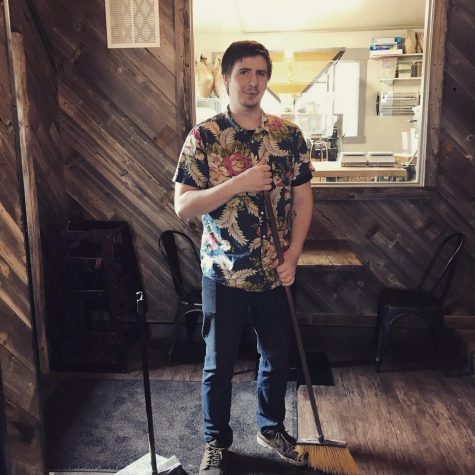
The months following, Setzer says the paranormal took it up a notch with rustlings in his closet, items crashing to the ground and t-shirts doing backflips. He says his entire bed shook one night. The apartment felt dark to him and his friends.
Setzer has since been a cautious moderator of the board rather than a curious player. He says he still experiences side effects of his contact with the spiritual realm: On or near the full moon, usually around the witching hour (3:00 a.m.), he gets pushed, pulled or grabbed in his bed.
Setzer says it pains him to “resemble horror movie tropes”, but to him, his experience is undeniable. “I find it unlikely that a piece of cardboard could contain inherent properties that make them a portal for divination. However, I believe symbols and intent are the real culprit with the Ouija board.”
Paranormal investigator and author Alex Mistretta holds to a similar belief. Mistretta has studied the paranormal, cryptozoology and ufology for the past 20+ years. He has worked closely with world-renowned parapsychologist Dr. Barry Taff and has appeared on several TV and radio shows. Mistretta believes the Ouija board, along with other tools used in a séance, have no inherent power.
He has participated in numerous séances, including one he says resulted in an audio recording of a paranormal voice. Traditional séances, even Ouija boards, are giving way to more technologically advanced approaches to connecting with the spiritual realm in his field. Many paranormal investigators use recording devices hoping for EVP, or Electronic Voice Phenomena. Photography has the potential to capture the paranormal, like the photo Mistretta snapped on his 35mm camera of a woman he says he could not see with his naked eye.
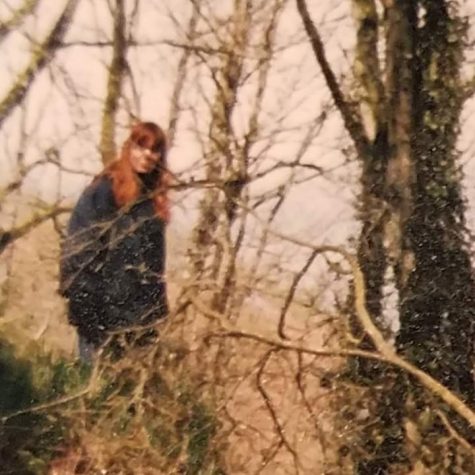
Acknowledging there are fraudulent mediums who take advantage of the curious or grieving, Mistretta still believes that the right person in the right environment can create anomalies. He thinks it involves electromagnetism and physiology. “L.A. has tons of hauntings, even though everything is pretty new, because it is on a fault line,” he hypothesizes. “Some people have the ability to be fed by that [electromagnetic energy].”
With money and lab research, Mistretta believes we could determine which part of the brain creates phenomena. He also believes if we experience paranormal entities that have physical attributes, like what seems to push Setzer in his bed, that can be studied too. “If they are able to interact with us – push us, pull
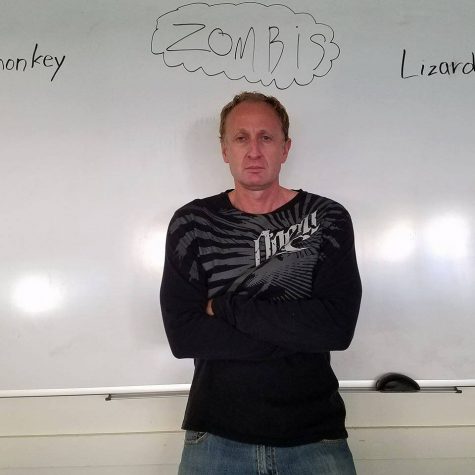
us – then we gotta take advantage of that.”
Mistretta says that with advances in eDNA, or environmental DNA, we could potentially gain data on what paranormal entities leave behind. Taking it a step further, he says, “The future of this field is not just seeing things as they appear, in our spectrum, but being able to record where they’re going when they’re not here.” Instead of inviting spirits in, could the future of the séance be following them out?
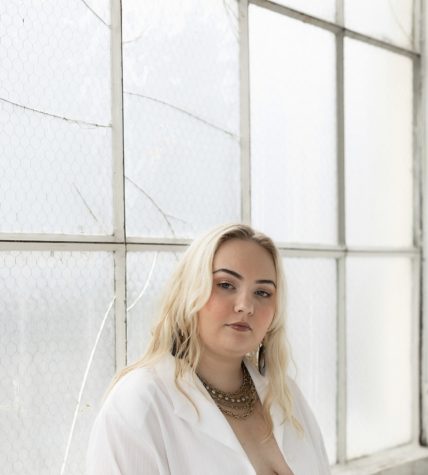
What interests you about journalism?
I think true journalism seems to be one of the only things keeping our society functioning and moving in a positive...
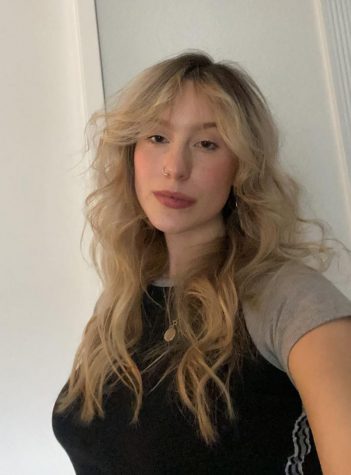
Which fictitious figure do you most identify with?
Fellow editor Sydney Jackson said that I am like Cher from Clueless on the outside and Wednesday...

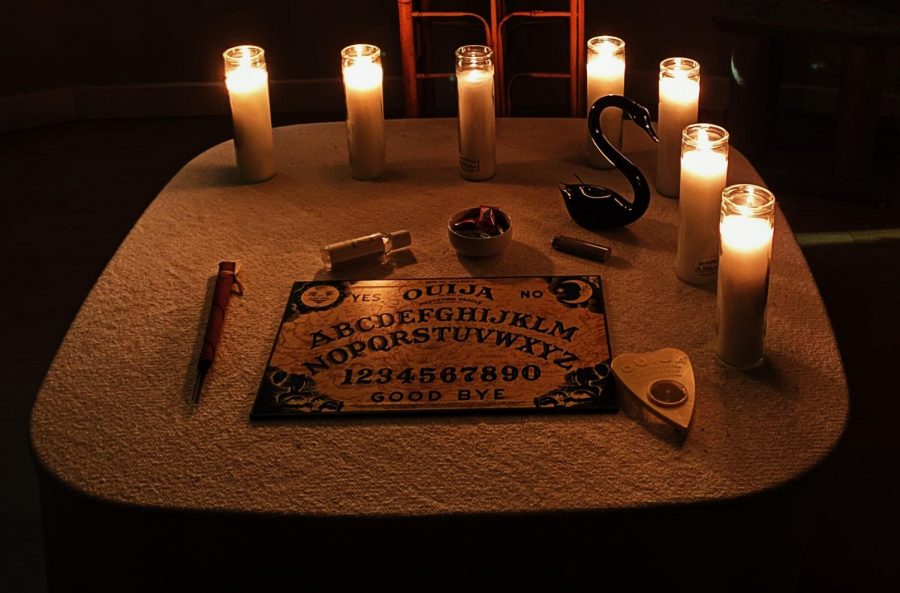
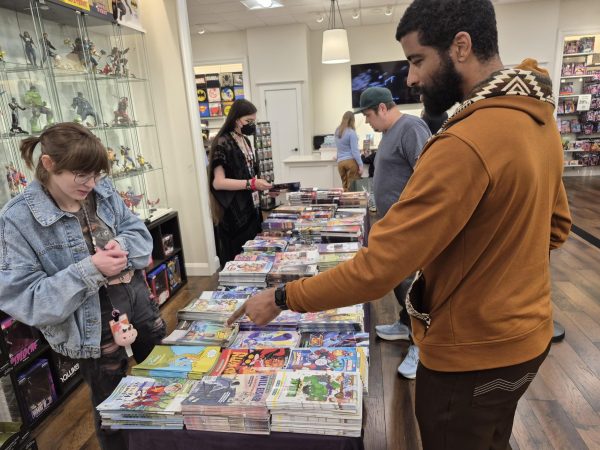
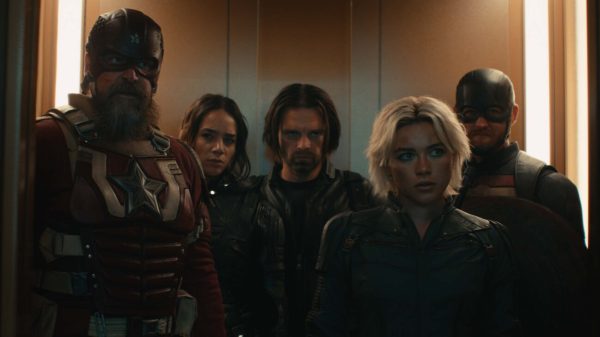

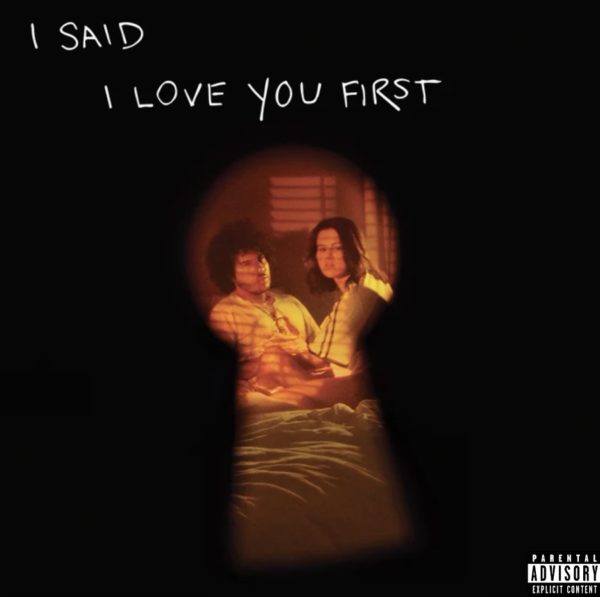
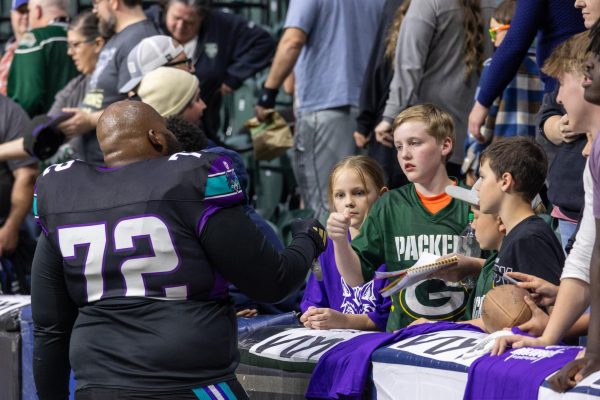


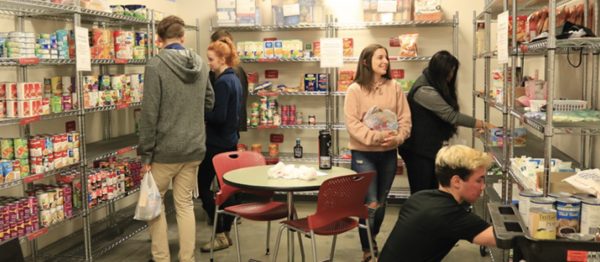
Alex Mistretta • Nov 5, 2020 at 12:26 pm
Excellent article Sydney. I really appreciate how accurately you quoted me and made use of our conversation. It’s nice to see, because that hasn’t always been the case with other media sources. So, congratulations on your article.